A few days ago I visited Blang Weu Panjo Village, Blang Mangat District, Lhokseumawe, Aceh to see the process of making the RAPAI.
The roar of the woodworking machine sounded loud.
Two workers are busy holding wood, others are busy preparing rattan. That's where the central of making Rapai musical instrument, a kind of tambourine, in Aceh. Traditional musical instrument was legendary to the corners of the archipelago.
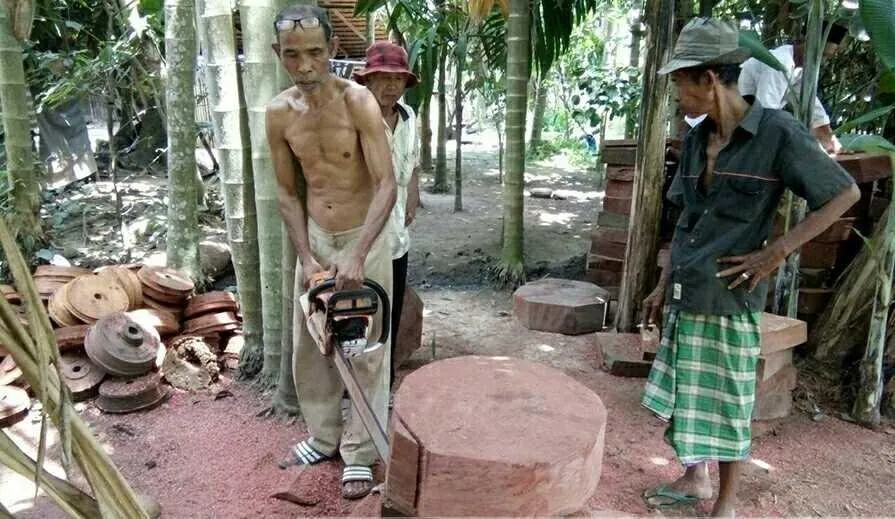
A large wooden spindle is taken up in the bottom that is close to the roots, then soaked in mud for several months for preservation, and then scraped the inside out like a large bulging hole and then just forming a fringe according to the desired size. The wood used is a type of hardwood such as merbau, meudang-ara, or jackfruit, which is now difficult to obtain.
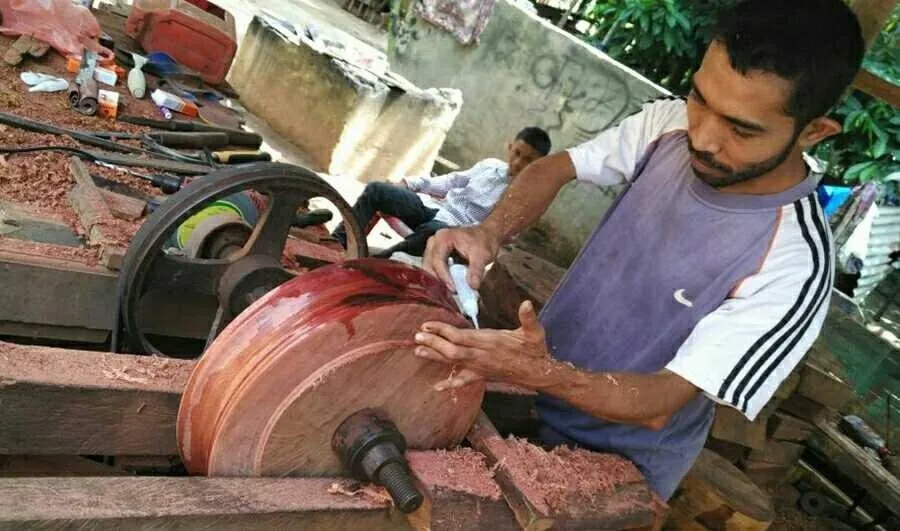
The edge is a kelawang or body that needs to be smoothed and carved carved in the form of straight bend. At the center of the frame is carved and given an aperture length of ± 6 cm, width ± 2 cm for placement of 1 cm of copper plates. At the top is given a goat skin that has been processed in such a way that the nalus, thin and then pinched.
The fabrication has a construction standard, where the size is uniform for each manufacture, whether spaced, width or height.
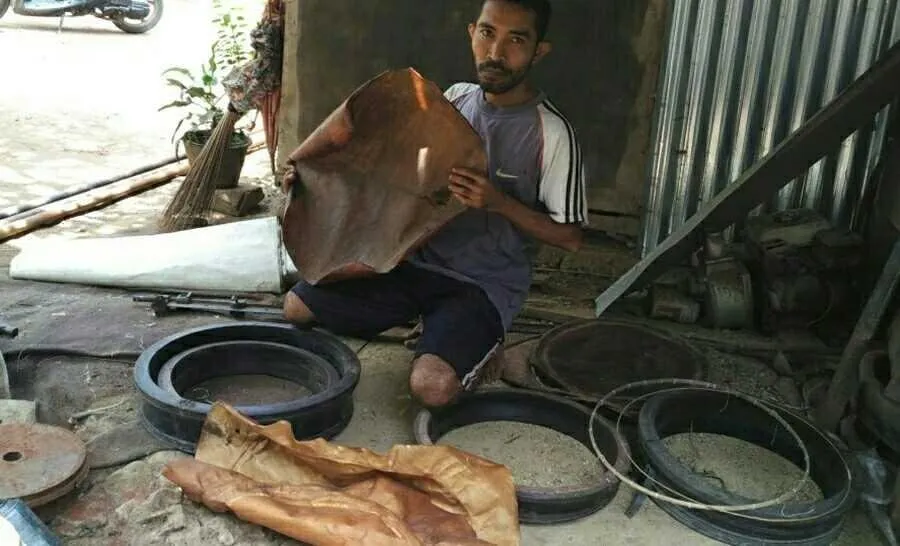
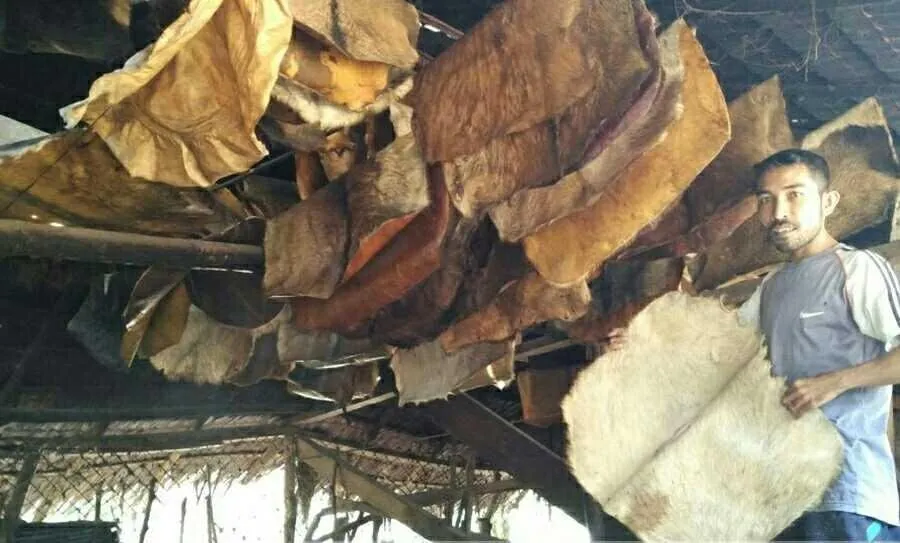
From the achievements that I found it turned out to be a creation of cultural sense that contains artistic value. Both types of wood are used, the weight of the object, bend the straight curved lines of carving, the circumference of the body and the installation or attachment of a rigid and rarely loose or loose pinned slabs, as well as the spheres of body wood that are rarely cracked or broken apart despite being over hundreds of years old.
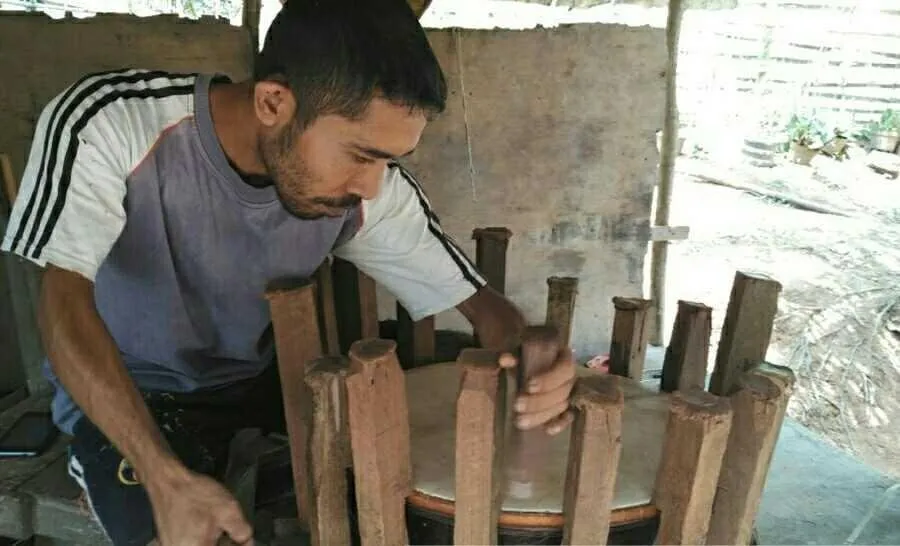
Now, the instrument was almost gone. The craftsmen have trouble getting raw materials. For example, craftsmen are difficult to get the best quality woods such as merbau and rattan are also difficult to obtain ...
